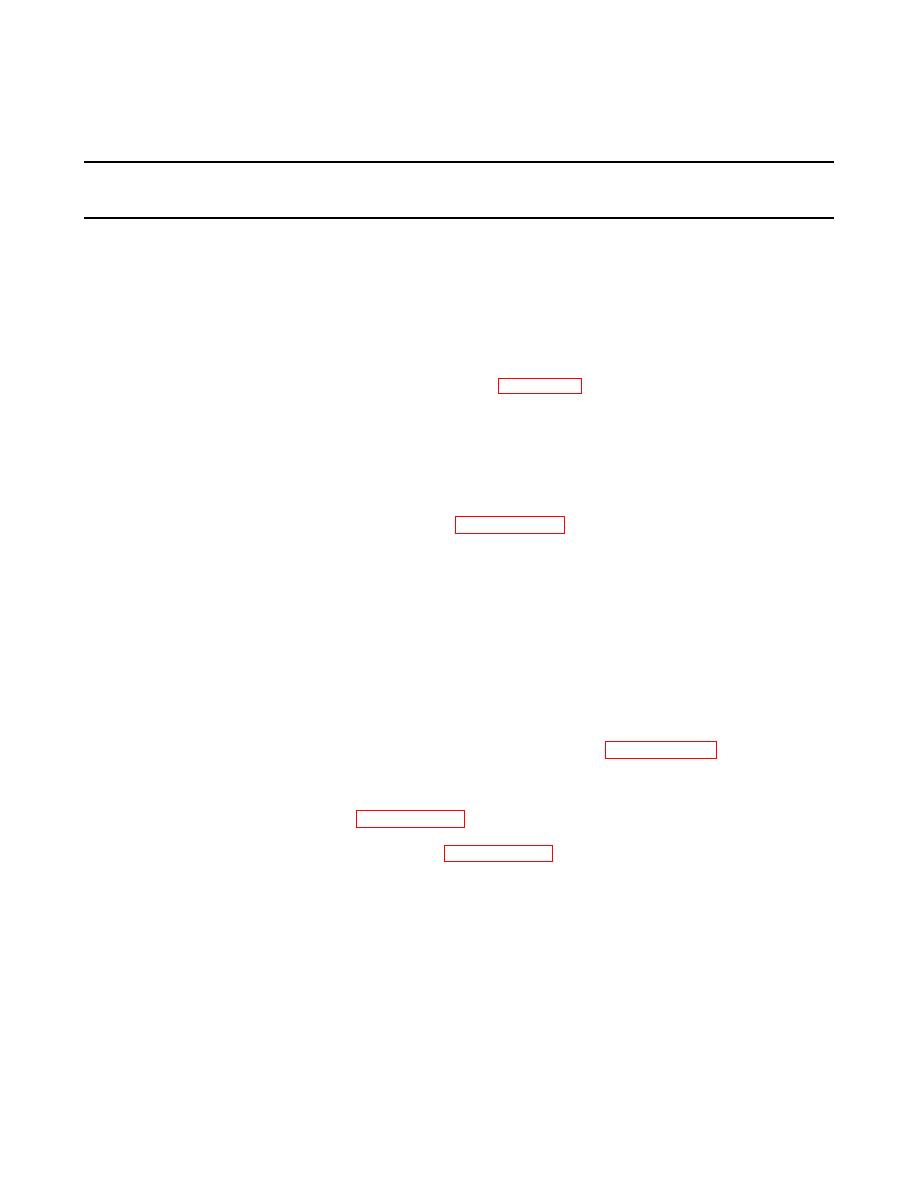 |
|||
|
|
|||
|
Page Title:
VENTILATION FANS (SUPPLY AND EXHAUST) (Cont) |
|
||
| ||||||||||
|
|
 TM 55-1905-223-24-17
Table 3-1. Troubleshooting - CONT
Malfunction
Test or Inspection
Corrective Action
VENTILATION FANS (SUPPLY AND EXHAUST) - CONT
(2)
Connect the combination gauge hoseline of a portable gauge manifold to the
charging valve on compressor. Make sure gauge port handwheels on manifold are
closed fully clockwise before attaching hoseline.
(3)
Connect the common (center) hoseline of the manifold to an empty approved type,
steel refrigerant container (Item 7, Appendix C). Open valve on container.
(4)
Crack open the handwheel on the combination gauge port on the manifold
momentarily for 2 to 3 seconds. Close handwheel. This will allow a small amount of
refrigerant to be released into the empty container. Repeat above procedure until
excess refrigerant is removed.
STEP 2.
Check to see if seawater pump is running and water is flowing through condenser. Replace
water regulating valve as required (paragraph 3-25).
6.
Lower than normal operating head (discharge) pressure.
STEP 1
Check for excessive water flow through condenser.
STEP 2
Check for leaky compressor discharge or suction valve plate.
NOTE
A lower than normal discharge pressure combined with a higher
than normal suction pressure indicates a leaky valve plate.
Replace hermetic type (sealed) compressor; A/C-1 and 3 (paragraph 3-25).
STEP 3.
Check to see if wrong refrigerant is in the system.
a.
Make certain R-22 only was added to the system. If not, remove refrigerant, evacuate, and
recharge with-R-22 (paragraph 3-10).
b.
On self-contained air conditioners (A/C-1 and 3), remove complete charge, evacuate, and
add new R-22 refrigerant charge (paragraph 3-10).
7.
Higher than normal suction pressure.
STEP 1
Check for leaky compressor suction valve plate.
3-5
|
|
Privacy Statement - Press Release - Copyright Information. - Contact Us |